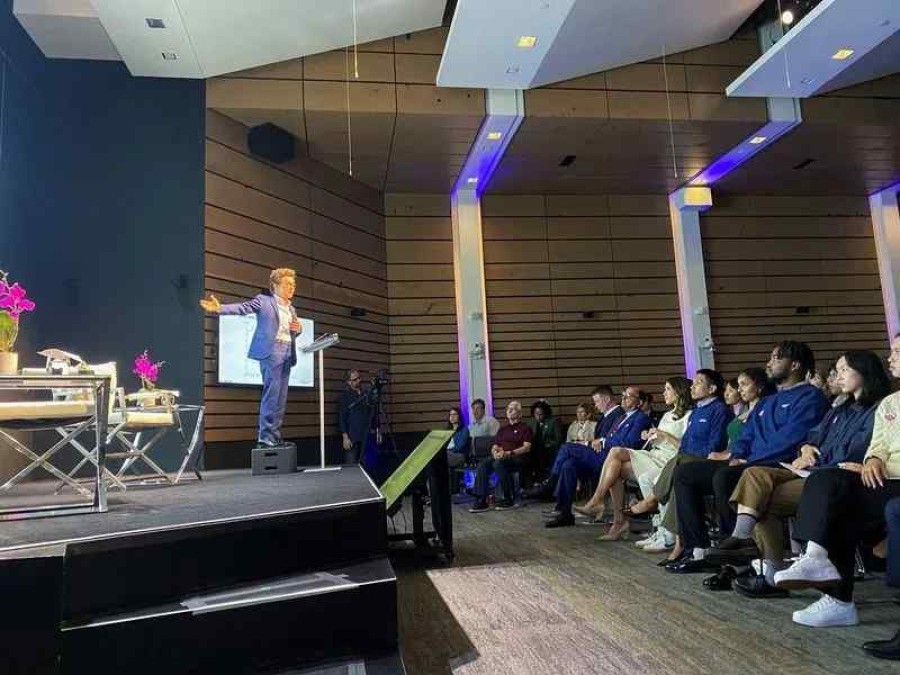Fed Most Likely to Cut Rates by Quarter Percentage Point Next Month, Daly Says

San Francisco Federal Reserve President Mary Daly on Monday said "the time is upon us" to cut interest rates, likely starting with a quarter-percentage point reduction in borrowing costs. Asked if there is anything that could derail a rate cut at the U.S. central bank's Sept. 17-18 policy meeting, Daly told Bloomberg TV that it "would be hard to imagine at this point."
She said the "most likely" path ahead is for inflation to continue to slow gradually and for the labor market to add jobs at a "steady, sustainable" pace - and if that projection plays out, "adjusting policy at the regular, normal cadence seems reasonable."
The Fed usually adjust rates in quarter-percentage-point increments, though it pushed through four consecutive 75-basis-point hikes in 2022 and continued to tighten policy in 2023 in response to an inflationary surge.
"We haven't seen any deterioration yet in the labor market," she said, but "if we should see deterioration, or any signs of weakness, then being more aggressive to ensure that we don't see that,
would be appropriate." Using words that echoed those of Fed Chair Jerome Powell at a conference last week in Jackson Hole, Wyoming, she said, "the direction of change is down. And the time to adjust is now in my opinion."The Fed has kept its policy rate in the 5.25%-5.50% range since July 2023.
Powell last week told the Jackson Hole global central bankers' meeting that "the time has come" to start cutting interest rates, given the progress on bringing down inflation and the extent of cooling in the labor market.
By the Fed's preferred gauge, the year-over-year increase in the personal consumption expenditures price index, inflation rose 2.5% in July; the Fed's target is 2%. In 2022 it had peaked at around 7%.
The U.S. unemployment rate in July was 4.3%, nearly a full percentage point higher than it was a year ago, but still low by historical standards.
"We don't want to get ourselves into a situation where we're keeping policy highly restrictive into a slowing economy," Daly said. "Remember, every time inflation comes down, the policy gets more restrictive. And I think that's a recipe, if you will, for overtightening and injuring the labor market and growth."
Previous Story
- Australia's Central Bank Underlines Uncertainty About Economy, Policy...
- Japan Corporate Bankruptcies Hit 10-yr-high Amid Labor Shortage
- Philippine cbank says Q3 interest rate cut still...
- Elliott rebuilds stake in SoftBank and pushes for...
- SoftBank Corp to help call center workers by...
- Taiwan central bank sees CPI rising less than...
- Yen firm as bets build for imminent BOJ...
- US embrace of remote working empties offices, weighs...